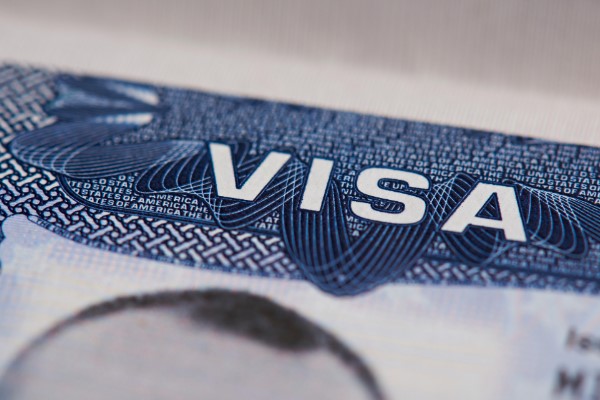
Did you know that there are 40 million people in the United States who were born in another country? If you’re one of them, you might wonder what is required to continue living and working here. For starters, you’ll need to know about your visa options.
Read on to find a guide to the different types of visas!
Visa Categories
As you explore visa options, know that there are two primary ones. Immigrant visas target those individuals who are planning to come to the United States permanently. By contrast, nonimmigrant visas are for those people making a temporary stop in the U.S.
Nonimmigrant visas may go to tourists or others coming to the U.S. to see family. These visas also are appropriate for people seeking medical treatment.
Immigrant visas may hinge on your reason for coming to the U.S. For instance, you might want to be closer to your family already in the country. Or perhaps you are hoping to take a job in the country.
Tourist Visas
Tourist visas, which are otherwise known as a type of visitor visas, are nonimmigrant visas for visitors to the country. Called B-2 visas, these documents are essential if you want to visit the U.S. for a short time to see family or take a vacation.
These travel visas also can apply to individuals taking short-term courses that don’t lead to a degree. Or they may be able to cover attendance at conferences or other service events not related to business. You may need to go through an interview process with travel visas.
Student Visas
If you’re an international student studying in America, you will need a student visa. This document enables you to study through an educational program.
You will need this type of visa even if you are only studying for several weeks in a shorter program. You can also secure a visa that lets you stay for months or years. You’ll need proof that you have been accepted into a program housed in the U.S.
You will get either an F or M visa, depending on the nature of your visit. An F visa will go to someone studying at a college, high school, or even elementary school. You can also use these for language training programs or music programs.
If you’re entering a vocational program, you’ll get an M visa. You may be hoping to learn a trade that can lead to a job. With both types of student visas, you may need to go through an interview process before obtaining one.
Business Visas
With a business visa, you’ll be able to enter the country to conduct business activities as part of your employment. You will need one of these visas to attend meetings or conferences, for instance.
You also can use a business visa if you are looking into potential business ventures. It’s important to note that these types of visas are not used to cover services. Most business visas tend to cover shorter timeframes of under six months, too.
You may get a B-1 visa if you are a foreigner hoping to enter the U.S. to attend a meeting or negotiate with another company. If you work in consulting, this visa will have you covered, as well. You’ll need to be prepared to spend over $100 to file for one of these visas.
Worker Visas
When it comes to getting a visa, getting a work visa tends to be the hardest option. Temporary worker visas enable a person to enter the U.S. for a predetermined timeframe to complete a job. Under the umbrella of worker visas, there are several different visa options.
For example, an H-2A visa covers a temporary agricultural worker. This is appropriate for seasonal work that ultimately can help boost the U.S. economy. There are no education requirements for this visa option.
With an H-1B1 visa, by contrast, a worker will need a post-secondary degree. They’ll also need to prove their credentials and show that their job requires specialization.
For star athletes traveling to the U.S. to compete, they’ll need a P-1 visa. And for an esteemed international coach hoping to take a position in the United States, they’ll need a P-3 visa.
With many types of worker visas, you’ll need labor certification from your employer to validate your future employment. You’ll also need to be aware that there are only a certain number of worker visa petitions that can be approved each year.
Other Visa Options
Are you hoping to establish more permanent residency in the United States? If you’re exploring different residency options, you may be considering a green card.
With a green card, you can be a U.S. resident on a more permanent basis. You’ll need to go through an interview process, and the green card can last for 10 years.
If you already live in the U.S. as a citizen, what happens if you plan to marry a non-citizen? In these instances, you can petition for a fiance visa. There are a few requirements you’ll need to be aware of, however.
For starters, you’ll need to walk down the aisle within 90 days of your partner’s arrival. You’ll also need to verify that you’ve met with your partner once or more in the past 24 months. Plus you’ll need to prove that you make enough money — at least above the poverty line — to support your future spouse.
Understand the Different Types of Visas
Knowing about the different types of visas can help ensure you have the right one for your needs. For short-term vacation stays, you’ll need a travel visa, while individuals hoping to study in an academic program will need student visas. Business and worker visas are two of the other common types.
For more travel tips, check back soon for new and informative articles.

Leave a Reply